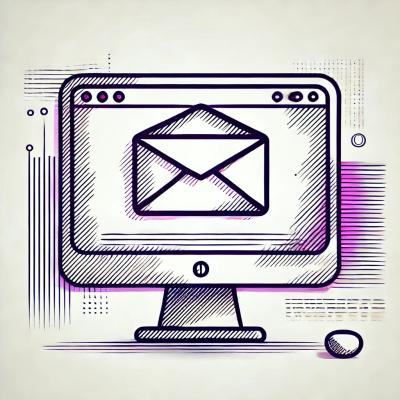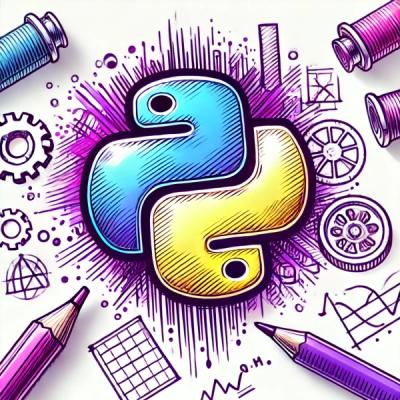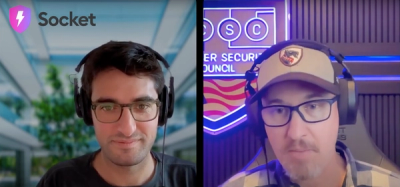Node PassKit Generator
Simple Node.js interface to generate customized Apple Wallet Passes for iOS.
Architecture
This package was created with a specific architecture in mind: application and model, to split as much as possible static objects (such as logo, background, icon, etc.) from dynamic ones (translations, barcodes, serialNumber, ...).
In fact, pass template (model) creation and population doesn't happen within the application in runtime. Pass template is a folder in your application directory (but nothing will stop you from putting it outside), that will contain all the needed objects (static medias) and structure to make a pass work.
Pass template will be read and pushed as is in the resulting .zip file, while dynamic objects will be patched against pass.json or generated in runtime (manifest.json, signature and translation files).
This package comes with an API documentation, that makes available a series of methods to customize passes.
Install
$ npm install passkit-generator --save
Compatibility
This package is compatible starting with Node v8.1.0+.
Get Started
Model
The first thing you'll have to do, is to start creating a model. A model is a folder in your project directory, with inside the basic pass infos, like the thumbnails, the icon, and the background and pass.json containing all the static infos about the pass, like Team identifier, Pass type identifier, colors, etc.
Using the .pass extension is a best practice, showing that the directory is a pass package.
(Build your first pass - Apple Developer Portal).
Following to this suggestion, each model is required to have a .pass extension.
$ cd yourProjectDir;
$ mkdir passModels && mkdir $_/myFirstModel.pass && cd $_;
Follow the Apple Developer documentation (Package Structure) to build a correct pass model. The icon is required in order to make the pass work. Manifest.json and signature will be automatically ignored from the model and generated in runtime.
You can also create .lproj folders (e.g. en.lproj or it.lproj) containing localized media. To include a folder or translate texts inside the pass, please refer to Localizing Passes in the API documentation.
Pass.json
Create a pass.json by taking example from examples folder models or the one provided by Apple for the first tutorial and fill it with the basic informations, that is teamIdentifier, passTypeIdentifier and all the other basic keys like pass type. Please refer to Top-Level Keys/Standard Keys and Top-Level Keys/Style Keys.
{
"formatVersion": 1,
"passTypeIdentifier": "pass.<bundle id>",
"teamIdentifier": "<here your team identifier>",
"organizationName": "<your organization name>",
"description": "A localizable description of your pass. To do so, put here a placeholder.",
"boardingPass": {}
}
Certificates
Requirements: OpenSSL,
The third step is about the developer and WWDR certificates. I suggest you to create a certificate-dedicated folder inside your working directory (e.g. ./certs) to contain everything concerning the certificates. This is a standard procedure: you would have to do it also without using this library.
You'll need the following three elements:
- Apple WWDR (Worldwide Developer Relationship) certificate
- Signer certificate
- Signer key
While WWDR can be obtained from Apple PKI Portal, to get the signer key and the certificate, you'll have to get first a Certificate Signing Request (.certSigningRequest file) from your Apple Developers Portal page, at Pass Types Identifiers (open it, it worth the pain).
-
Create a new pass type identifier and provide it with a Name and a reverse-domain bundle id (starting with "pass."). You will put this identifier as value for passTypeIdentifier in pass.json file.
-
Confirm and register the new identifier.
-
Go back to the pass type identifiers, click on your new pass id and Edit it.
-
Click "Create Certificate" button and follow the instructions until you won't download a certificate like pass.cer.
-
Open the downloaded certificate. Go in "Certificates" on left in macOS Keychain access and right-click > Export "\<certname\>". Choose a password (and write it down) and you will get a PKCS#12 file (.p12).
-
Open terminal, place where you want to save the files and insert the following commands changing the contents between angular brackets. You'll have to choose a secret passphrase (and write it down) that you'll use also in the application.
$ mkdir "certs" && cd $_
$ openssl pkcs12 -in <cert-name>.p12 -clcerts -nokeys -out signerCert.pem -passin pass:<your-password>
$ openssl pkcs12 -in <cert-name>.p12 -nocerts -out signerKey.pem -passin pass:<your-password> -passout pass:<secret-passphrase>
-
Execute step 5 also for the WWDR certificate (.cer) you downloaded from Apple PKI portal (default name: AppleWWDRCA.cer) but instead exporting it as PKCS#12 (.p12 - you'll also be unable to do that), export it as PEM (.pem) file.
Usage example
const Passkit = require("passkit-generator");
let pass = new Passkit.Pass({
model: "./passModels/myFirstModel",
certificates: {
wwdr: "./certs/wwdr.pem",
signerCert: "./certs/signercert.pem",
signerKey: {
keyFile: "./certs/signerkey.pem",
passphrase: "123456"
}
},
overrides: {
serialNumber: "AAGH44625236dddaffbda"
},
shouldOverwrite: true
});
pass.localize("en", { ... });
pass.barcode("12345");
pass.generate()
.then(stream => {
doSomethingWithTheStream(stream);
})
.catch(err => {
doSomethingWithTheError(err);
});
Other
If you developed any public projects using this library, open a topic in issues and link it inside if open to all or just tell it. 😊 You'll make me feel like my time hasn't been wasted (it had not anyway, I learnt a lot of things by doing this).
Be sure to not include the certificates if you publish your project open to everybody.
Any contribution is welcome. ❤️
The idea to develop this package, was born during the Apple Developer Academy 17/18, in Naples, Italy, driven by the need to create an iOS app component regarding passes generation for events.
A big thanks to all the people and friends in the Apple Developer Academy (and not) that pushed me and helped me into realizing something like this and a big thanks to the ones that helped me to make technical choices.



